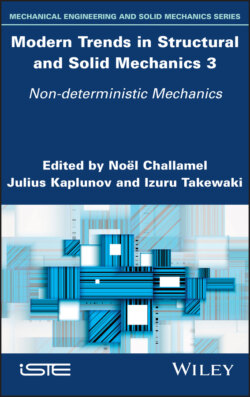Читать книгу Modern Trends in Structural and Solid Mechanics 3 - Группа авторов - Страница 20
1.7. Mitochondrial diseases and neurodegenerative disorders
ОглавлениеMitochondrial dysfunction and disease are fundamental to the progression of the major neurodegenerative and neuropsychiatric diseases. Causes can include genetic defects, and intra- and extracellular environmental instigators, resulting in incurable neurodegeneration with motor, behavioral and cognitive losses of functioning, leading to death (Correia and Moreira 2018).
Primary mitochondrial defects affect all aspects of functioning. They are linked to diseases such as Alzheimer’s, Huntington’s, cancer, in the aging process (Lemonde and Rahman 2014) and are involved in the pathogenesis of multiple sclerosis (Adiele and Adiele 2019). Even relatively minor mitochondrial dysfunction can lead to Parkinson’s disease and Huntington’s disease, which also has psychiatric manifestations (Buhlman 2016).
Mitochondrial energy production occurs within the inner membrane, in the respiratory chain within the five enzymatic complexes that are housed in the matrix (see Figure 1.1). Nuclear DNA (nDNA) and the mitochondrial DNA (mtDNA) control the respiratory chain. Each cell has hundreds or thousands of mtDNA copies, and during cell division, any genetic mutations in mtDNA are distributed to the daughter cells randomly, resulting in both mutant- and wild (non-mutant)-type mtDNA copies. With further cell divisions, there is an accumulation of mutant cells. When the ratio of mutant to wild-type mtDNA copies grows beyond a certain threshold, which is random within a range, clinical symptoms of diseases can occur due to a misfiring of energy production. This group of diseases is known as mitochondrial disease. Different patients manifest their diseases at different stages, in different ways, due to the randomness of the relation between the above ratio and how the organism responds (Kurt and Topal 2013).
By way of fusion, damaged mtDNA is diluted, lowering the ratio between mutant and wild types below the threshold. Fission provides a mechanism to isolate components that become damaged due to age, or due to increased oxidative stress, for elimination. An imbalance between fission and fusion, discussed earlier as an optimal balancing, results in mitochondrial dysfunction (Panchal and Tiwari 2019).
Aging can lead to an accumulation of ROS, major contributors to oxidative stress, due to the imbalance between the production of ROS and their oxidation, which then affects mitochondrial respiratory chain function. Cumulative oxidative stress is viewed as the critical factor that precedes a cascade to dysfunction (Elfawy and Das 2019).
Mitochondrial diseases have a major relevance to military personnel health. For example, approximately one-third of the 1990–1991 US Gulf War veterans – in the range of 175,000–250,000 soldiers – developed chronic multisymptom health problems, known by the term “Gulf War Illness”, with mechanisms that adversely affect mitochondria (Koslik et al. 2014; Chen et al. 2017).
